博文
图文目录|GEE Volume 7, Issue 2
|

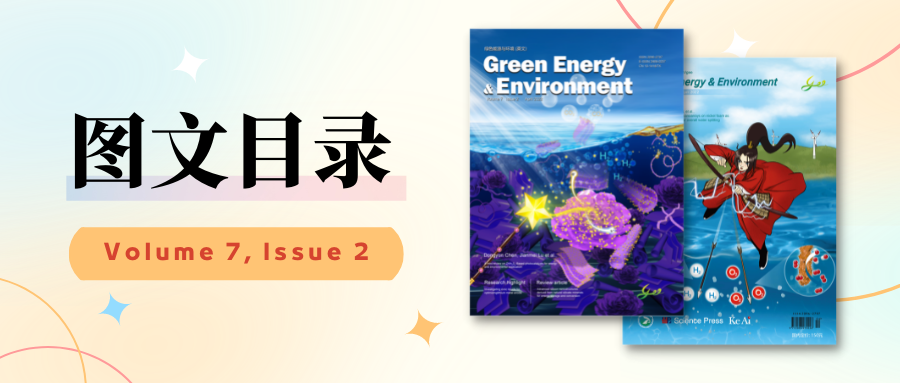
Green Energy & Environment 2022年第七卷第二期已正式出版。本期共收录文章18篇,其中research highlight 1篇,review article 2篇,research paper 15篇。欢迎大家阅读、下载和投稿!部分文章中文解读已推送,点击中文标题即可查看全文。其他文章解读将于近期推出,敬请关注~
封面文章
苏州大学路建美教授和陈冬赟教授等人综述文章——A mini-review on ZnIn2S4-Based photocatalysts for energy and environmental application。
封底文章
中国石油大学(华东)张军教授团队研究论文——Hierarchical Cu3P-based nanoarrays on nickel foam as efficient electrocatalysts for overall water splitting。
封面
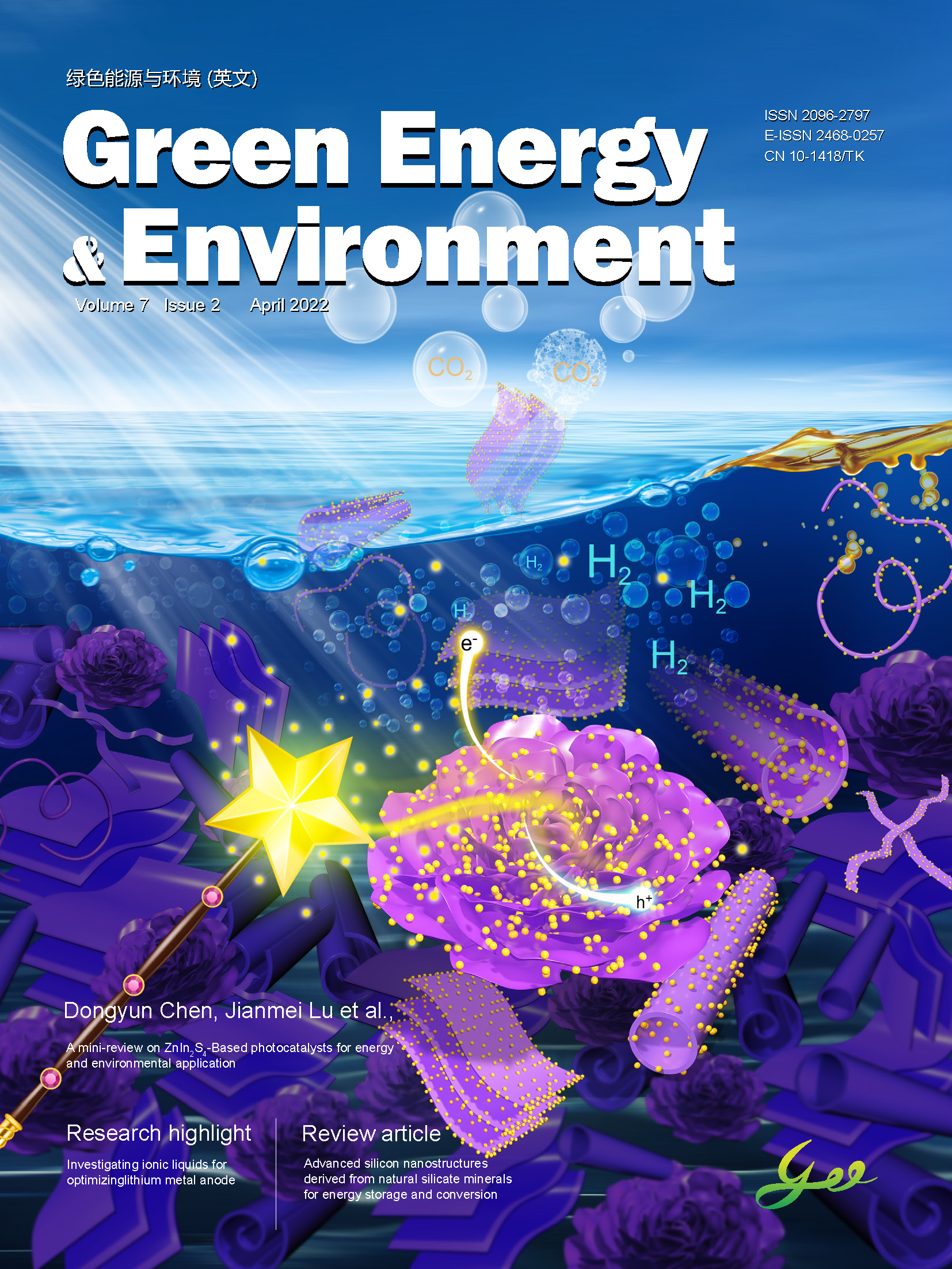
封面故事:苏州大学路建美教授团队综述——该作品以大自然的蓝天深海作为背景,采用具有神奇力量(金属沉积、元素掺杂、缺陷工程和构建异质结)加持的魔法棒来调控不同纳米形貌结构(1D纳米带/纳米线/纳米管、2D超薄纳米片和3D纳米花)的半导体光催化材料ZnIn2S4的禁带宽度、增大比表面积、提高对可见光的吸收能力以及促进光生电子和空穴的分离等,赋予其优异的光催化活性。在清洁可持续的太阳能的作用下,通过先进的半导体光催化氧化还原技术实现了ZnIn2S4基光催化剂在能源转化和环境污染治理中的应用,如分解水产氢、二氧化碳还原和多种不同污染物的去除降解。最后,该综述也指明了当前ZnIn2S4基光催化材料的研究机遇、挑战和发展方向。
封底

封面故事:中国石油大学(华东)张军教授课题组——模板定向合成分级结构Cu3P纳米阵列用于全解水制氢,通讯作者为张军教授和脱永笑博士。该图以中国古代巾帼英雄花木兰为灵感,其射出的两支箭代表双功能电催化剂,在HER和OER反应中起到高效催化作用,圆圈中的局部图展现了催化剂的微观结构。该研究为制备具有分级结构的纳米阵列催化电极材料具有一定的指导和借鉴意义,为清洁能源的开发和利用起到促进作用。
Research highlight
Investigating ionic liquids for optimizing lithium metal anode
Lei Zhang*, Mohammad Al-Mamun
https://doi.org/10.1016/j.gee.2021.08.001
Review articles
A mini-review on ZnIn2S4-Based photocatalysts for energy and environmental application
Guping Zhang, Hao Wu, Dongyun Chen*, Najun Li, Qingfeng Xu, Hua Li, Jinghui He, Jianmei Lu*

This mini-review highlighted the recent progress concerning the ZnIn2S4 photocatalysts with different nanostructure morphologies, various modification strategies and representative applications in the field of solar energy conversion and environmental remediation.
https://doi.org/10.1016/j.gee.2020.12.015
Advanced silicon nanostructures derived from natural silicate minerals for energy storage and conversion
Hao Wan, Wei Ma*, Kechao Zhou, Yijun Cao*, Xiaohe Liu*, Renzhi Ma
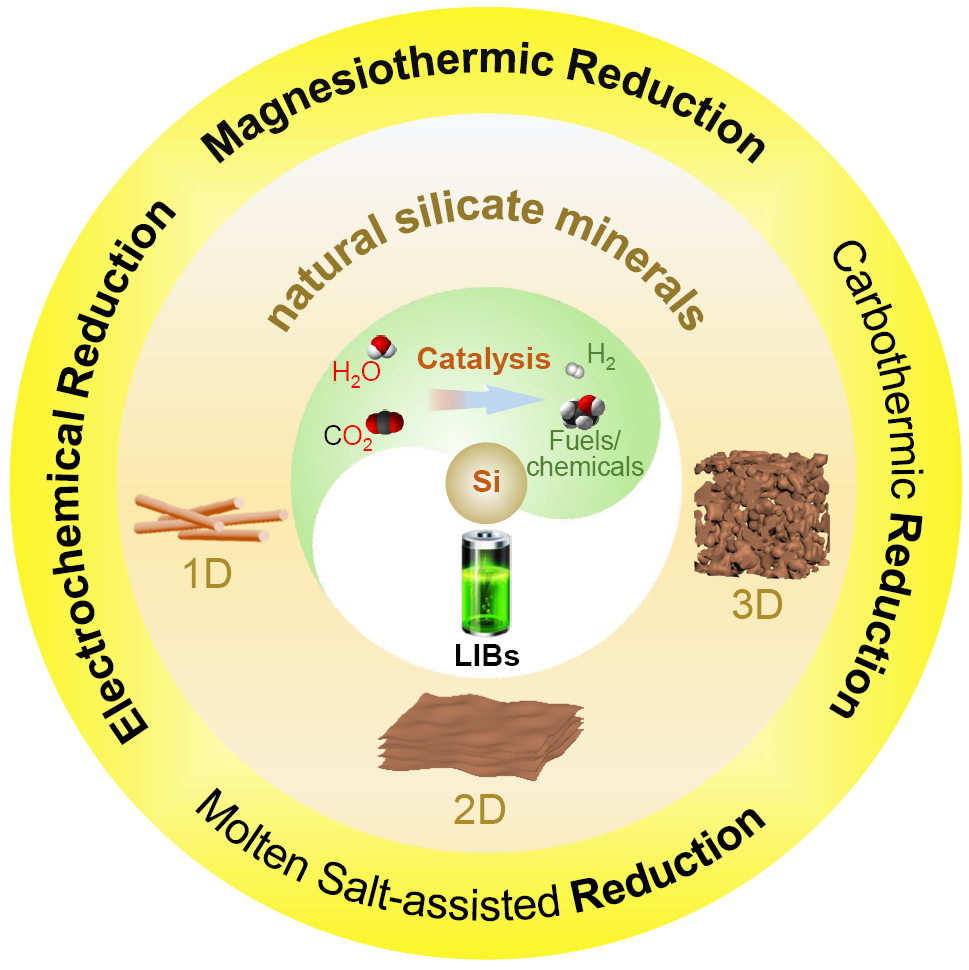
Progress in developing advanced Si materials from natural silicate minerals with regular nanoscale/microscale arrangements for clean energy storage and conversion is reviewed.
https://doi.org/10.1016/j.gee.2021.04.001
Research papers
B-doped activated carbon as a support for a high-performance Zn-based catalyst in acetylene acetoxylation
Fulong Zhu, Mingyuan Zhu*, Lihua Kang*
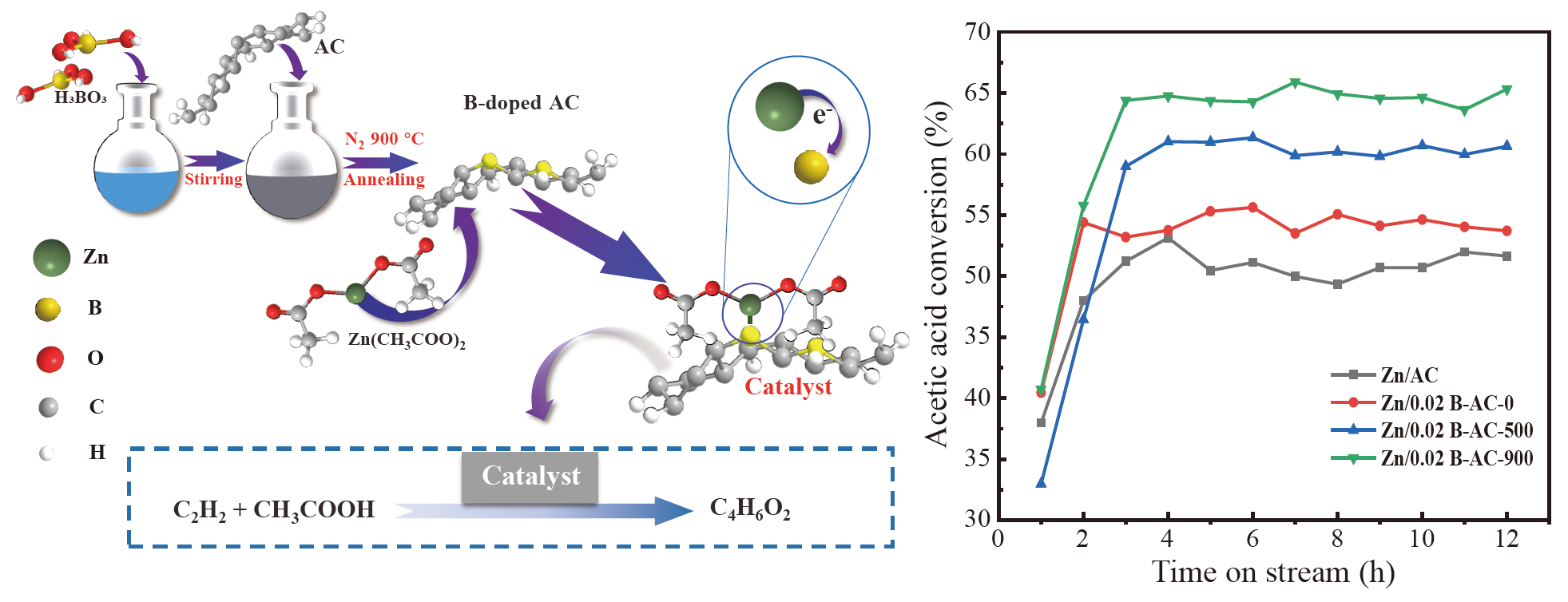
B-AC was used as support of Zn catalyst for acetylene acetoxylation. The introduction of boron transformed the electron cloud density of Zn, enhanced the adsorption of CH3COOH and reduced the adsorption of C2H2, thus increased the conversion rate of CH3COOH.
https://doi.org/10.1016/j.gee.2020.07.027
High recycling Fe3O4-CdTe nanocomposites for the detection of organophosphorothioate pesticide chlorpyrifos Yanxue Guo, Hui Liu, Dong Chen, Jianglan Qu*, Jun Yang* A strategy based on electrostatic interaction was developed to assemble magnetic Fe3O4 nanoparticles and luminescent CdTe quantum dots into a composite nanosystem, which simultaneously possesses magnetic and luminescent properties, for the detection of chlorpyrifos, one of the typical organophosphorothioate pesticides. https://doi.org/10.1016/j.gee.2020.09.001 Hierarchical Cu3P-based nanoarrays on nickel foam as efficient electrocatalysts for overall water splitting Zhuojun Yang1, Yongxiao Tuo*1, Qing Lu, Chen Chen, Mengshan Liu, Bingyan Liu, Xuezhi Duan, Yan Zhou, Jun Zhang* Hierarchical nanostructured Cu3P nanoarrays were grown on nickel foam using a template-directed synthesis strategy and applied as efficient bifunctional electrodes for both OER and HER, which needs a small overpotential of ~331 mV at 50 mA cm-2 for OER, and an overpotential of ~115 mV at −10 mA cm-2 for HER. https://doi.org/10.1016/j.gee.2020.09.002 Constructing Ti3C2 MXene/ZnIn2S4 heterostructure as a Schottky catalyst for photocatalytic environmental remediation Sijian Li, Luhua Shao, Zhenfei Yang, Shu Cheng, Cong Yang, Yutang Liu, Xinnian Xia* An interfacial contact Ti3C2 MXene/ZnIn2S4 nanosheets Schottky heterostructure for enhancing photocatalytic environment remediation, in which ZnIn2S4 nanosheets was in-situ grown on the surface of Ti3C2 MXene, was constructed by simple low temperature hydrothermal method. https://doi.org/10.1016/j.gee.2020.09.005 A mini-review on ZnIn2S4-Based photocatalysts for energy and environmental application Shuolin Zhou1, Jinhua Lai1, Xianxiang Liu*, Geng Huang, Gaolin You, Qiong Xu, Dulin Yin* Sulfonic acid functionalized titanate nanotubes were prepared by the sulphonation reaction of hydrothermally synthesized TiO2 nanotubes. The as-prepared catalysts exhibited the high activities in selective conversion of furfuryl alcohol into n-butyl levulinate. https://doi.org/10.1016/j.gee.2020.09.009 Lithium-conductive LiNbO3 coated high-voltage LiNi0.5Co0.2Mn0.3O2 cathode with enhanced rate and cyclability Haifeng Yu1, Shouliang Wang1, Yanjie Hu, Guanjie He, Le Quoc Bao, Ivan P. Parkin, Hao Jiang* We develop a citrate-assisted deposition concept to achieve a uniform lithium-conductive LiNbO3 coating layer on the NCM523 surface. Therefore, the capacity retention at 10 C have been improved from 45% to 63% relative to 0.2 C. https://doi.org/10.1016/j.gee.2020.09.011 Efficient hydrogenation of furfural to furfuryl alcohol by magnetically recoverable RuCo bimetallic catalyst Yongxing Wang, Tianyu Gao, Yaowei Lu, Yinghao Wang, Qiue Cao, Wenhao Fang* Simple hydrolysis and H2-reduction of Ru and Co precursors allows constructing the magnetic RuCo alloy active sites with strong metal interaction for efficient catalytic hydrogenation of furfural to furfuryl alcohol under H2 atmosphere. https://doi.org/10.1016/j.gee.2020.09.014 High-gravity-assisted engineering of Ni2P/g-C3N4 nanocomposites with enhanced photocatalytic performance Zhijian Zhao, Dan Wang*, Yuan Pu, Jiexin Wang, Liangliang Zhang*, Jianfeng Chen The Ni2P loaded g-C3N4 photocatalyst was synthesized by liquid exfoliation coupled with high-gravity-driven process intensification technology, the intact interfacial structure and optimized band gap endowed the catalyst with boost hydrogen evolution efficiency under visible light. https://doi.org/10.1016/j.gee.2020.09.006 Covalent organic framework shows high isobutene adsorption selectivity from C4 hydrocarbons: Mechanism of interpenetration isomerism and pedal motion Wei Chen, Mian Li, Wen-Li Peng, Ling Huang, Chao Zhao, Acharya Dinesh, Wentao Liu, Anmin Zheng* The gas adsorption/separation of covalent organic framework (COF) can be controlled by topology characteristics. A series of COFs with the diamond topology were screened for the selective adsorption of isobutene from other C4 hydrocarbons via interpenetration, pedal motion and group substitution. https://doi.org/10.1016/j.gee.2020.09.016 Selective adsorption of propene over propane on Li-decorated poly (triazine imide) Yong Wang1, Xiaoxia Jia1, Libo Li*, Jiangfeng Yang, Jinping Li* Coordinatively unsaturated metal sites (CUS) plays a dominating role in preferential adsorption of olefins over paraffins. Poly (triazine imide) (PTI) nanosheets can reach rapid gas adsorption equilibrium, due to its large surface-to-volume ratio. Combining the advantages of the CUS and the PTI nanosheets, we computationally demonstrate that the Li CUS–PTI complexes with slit pore architecture are potentially useful for C3H6/C3H8 adsorption separation. https://doi.org/10.1016/j.gee.2020.10.001 Controllable fabrication and structure evolution of hierarchical 1T-MoS2 nanospheres for efficient hydrogen evolution Huanran Li1, Xiaobo Han1, Suyu Jiang, Lili Zhang, Wei Ma*, Renzhi Ma, Zhen Zhou* Hierarchical 1T-MoS2 nanospheres fabricated via a phase evolution process accelerates the hydrogen generation resulting from the enhanced conductivity and expanded interlayer spacing with a comparable overpotential and a remarkably small Tafel slope. https://doi.org/10.1016/j.gee.2020.09.003 Pt-confinement catalyst with dendritic hierarchical pores on excellent sulfur-resistance for hydrodesulfurization of dibenzothiophene and 4,6-dimethyldibenzothiophene Xilong Wang, Chengkun Xiao, Mohnnad H. Alabsi, Peng Zheng, Zhengkai Cao, Jinlin Mei, Yu Shi, Aijun Duan*, Daowei Gao*, Kuo-Wei Huang*, Chunming Xu* The novel Pt confinement catalyst MoS2/Pt@TD-6%Ti with dendritic hierarchical pore structures shows excellent sulfur-resistance performance, good stability and high HDS activity in catalytic hydrodesulfurization reactions of DBT and 4,6-DMDBT molecules. https://doi.org/10.1016/j.gee.2020.10.012 Thermoresponsive Al3+-crosslinked poly(N-isopropylacrylamide)/alginate composite for green recovery of lithium from Li-spiked seawater Sung Ho Park, Sang Joon Lee* Al3+-crosslinked poly(N-isopropylacrylamide) (PNIPAAm)/alginate composite selectively adsorbs Li+ ions with a low adsorption affinity, while rejecting cations with a high adsorption affinity due to a strong repulsive force by crosslinked Al3+. In addition, thermoresponsive PNIPAAm enables green recovery of Li+ ions via hydrophobic interaction. https://doi.org/10.1016/j.gee.2020.10.006 Fabrication of Cu+ sites in confined spaces for adsorptive desulfurization by series connection double-solvent strategy Shu Shi1, Yu-Xia Li1,, Shuai-shuai Li, Xiao-Qin Liu, Lin-Bing Sun* A series connection double-solvent strategy offers a green and controllable way to fabricate Cu+ confined in MOFs. Due to abundant Cu+ and high porosity of MOF, the obtained materials exhibit excellent performance in adsorptive desulfurization. https://doi.org/10.1016/j.gee.2020.10.009 Conversion of Au(III)-polluted waste eggshell into functional CaO/Au nanocatalyst for biodiesel production Jiadi Liu, Minghuan Liu, Shaoyun Chen, Bingqing Wang, Jin Chen, Da-Peng Yang*, Shangzhou Zhang*, Wenxiao Du* Waste eggshells were used to adsorb Au(III) in water and convert the Au(III)-polluted eggshells into the functional nanocatalyst-CaO/Au for the transesterification reaction between soybean oil and methanol to the preparation of biodiesel. https://doi.org/10.1016/j.gee.2020.07.019
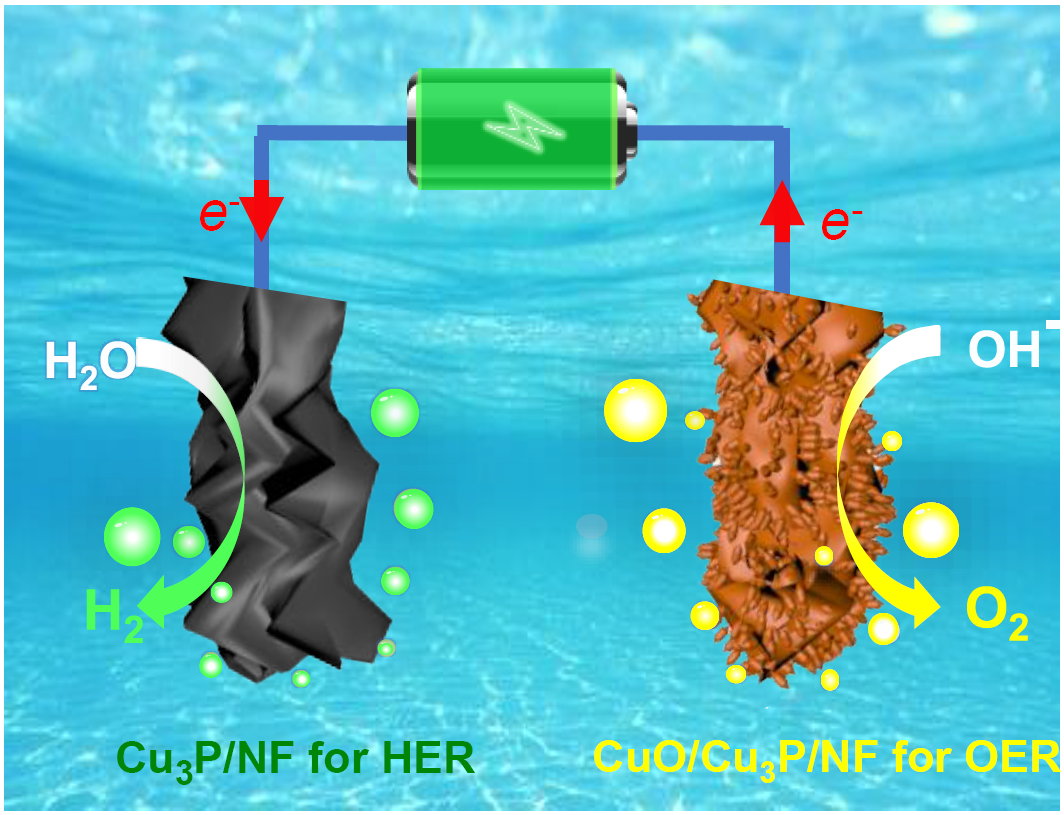
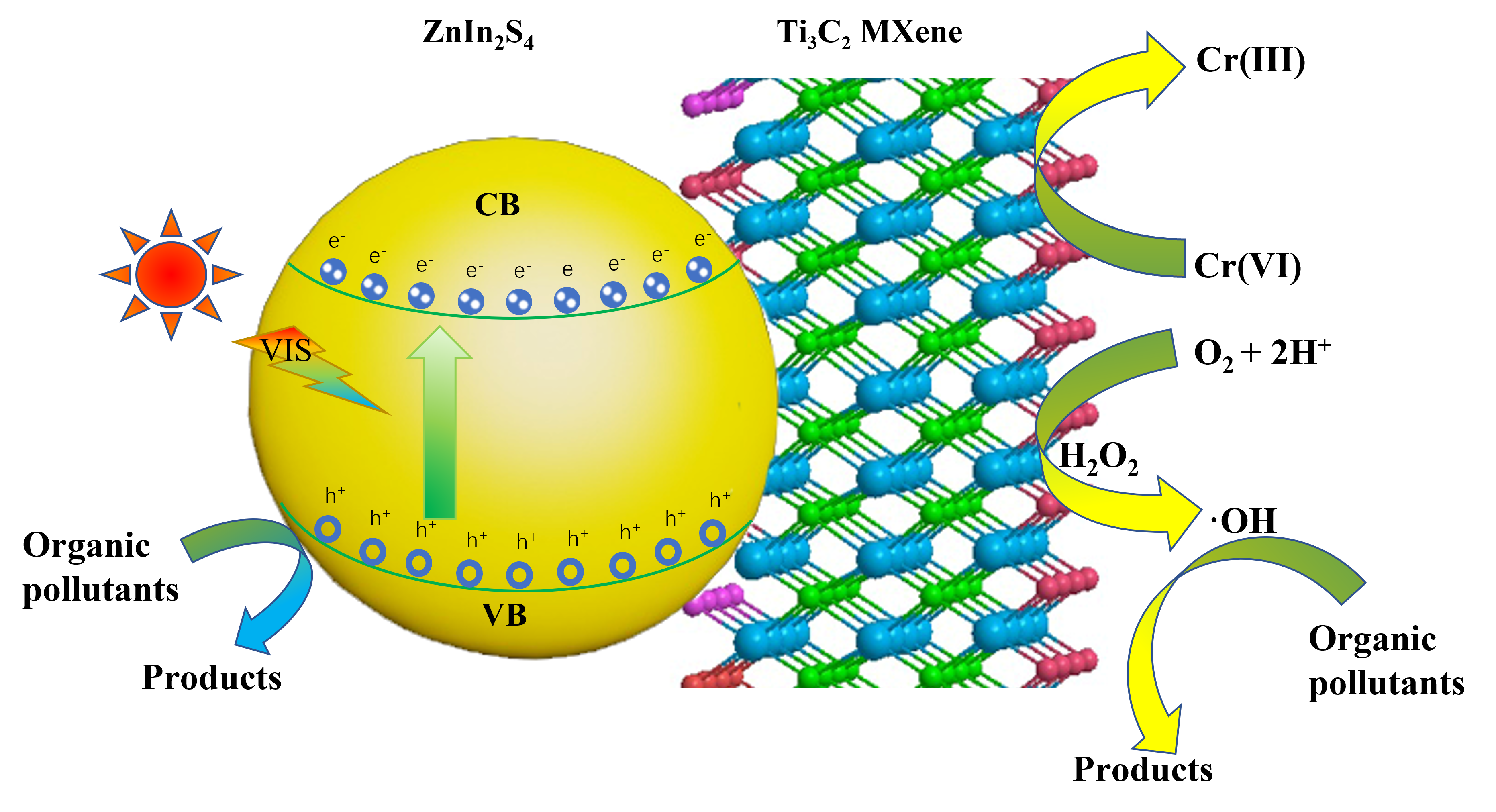
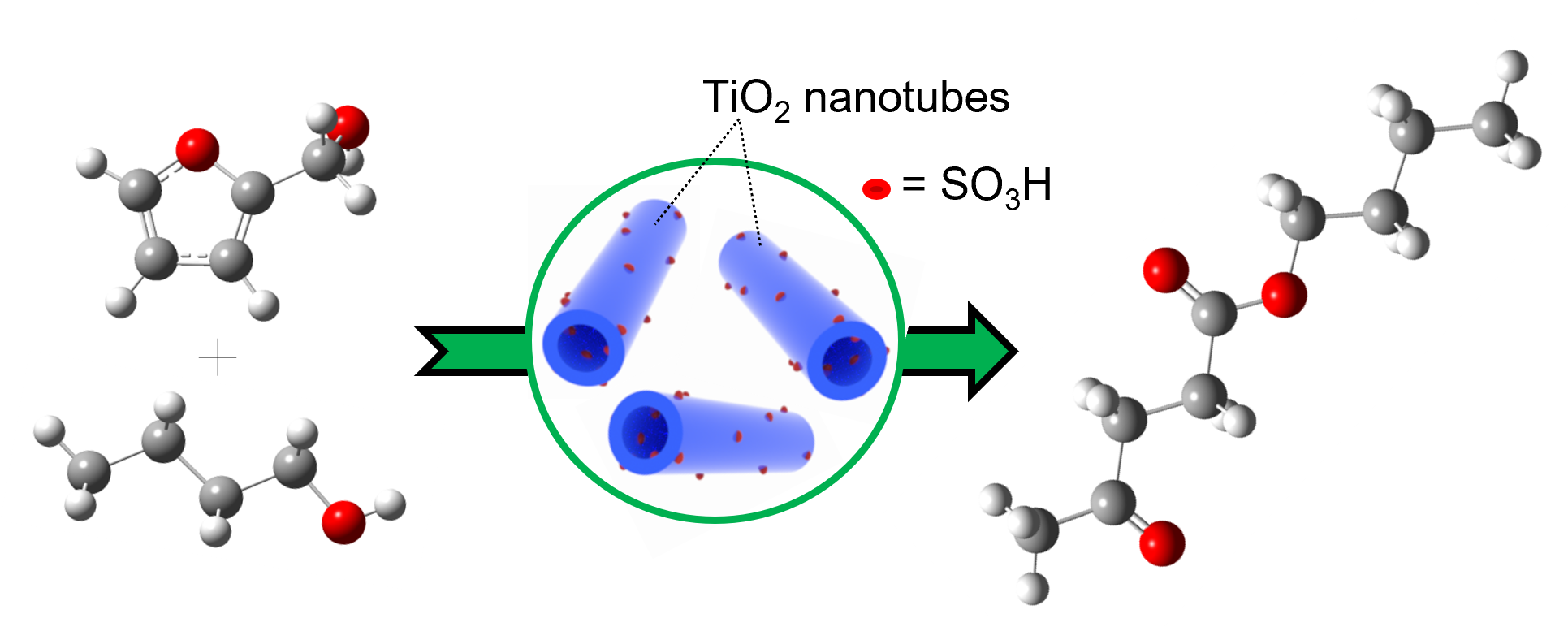
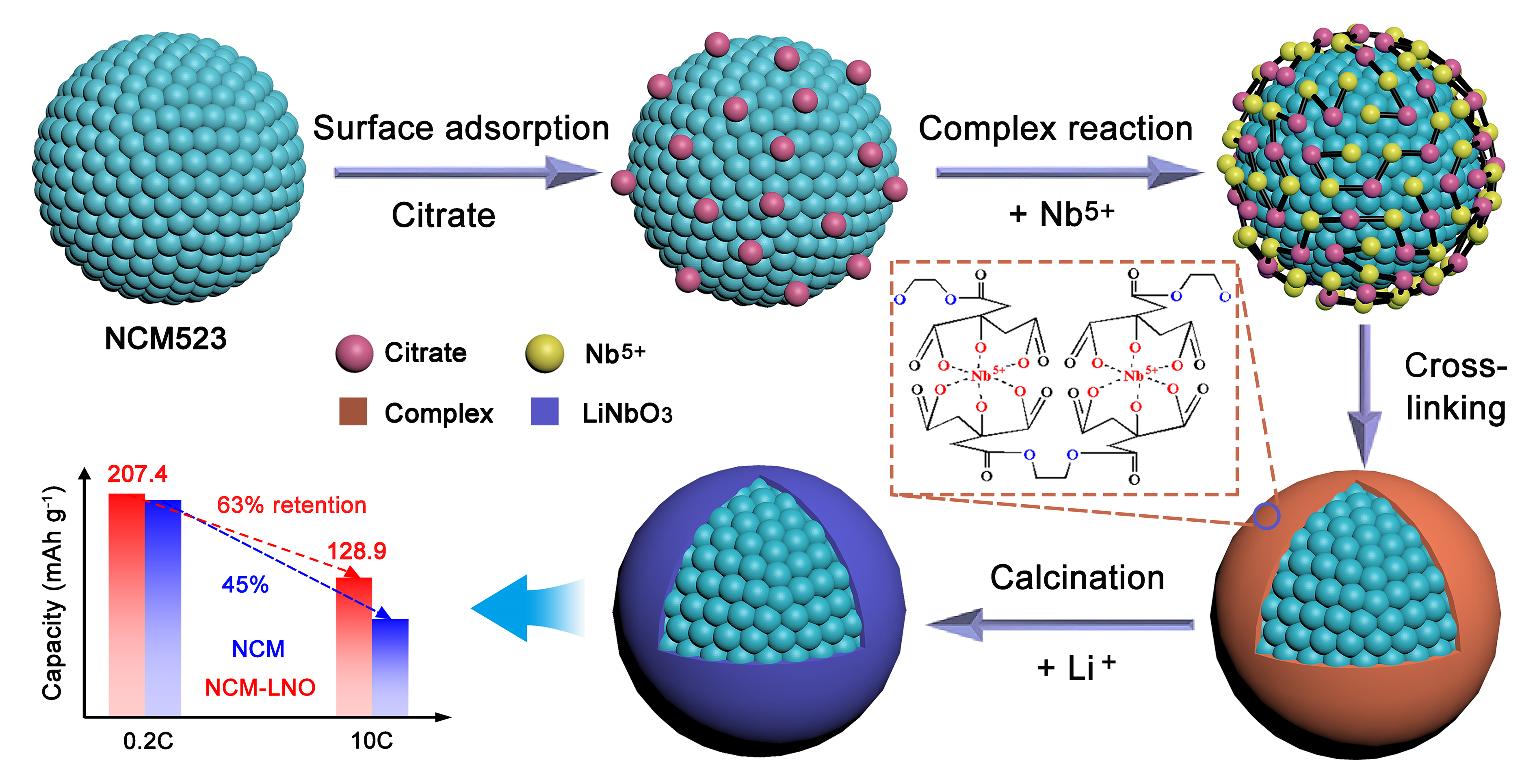
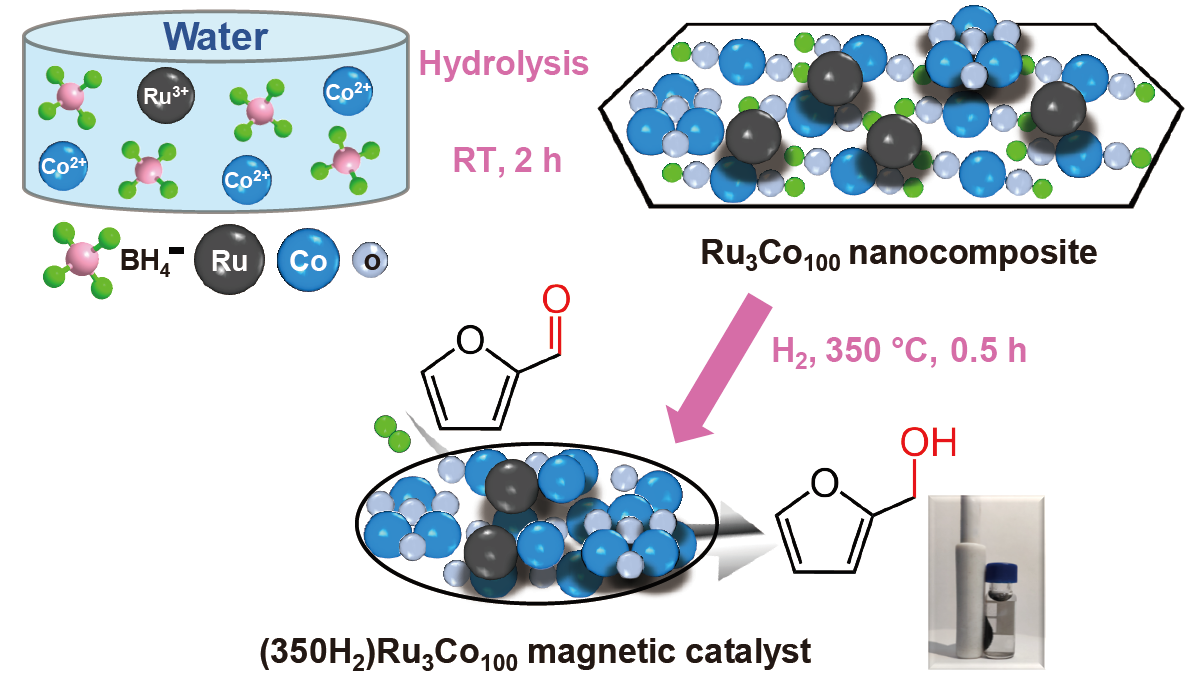
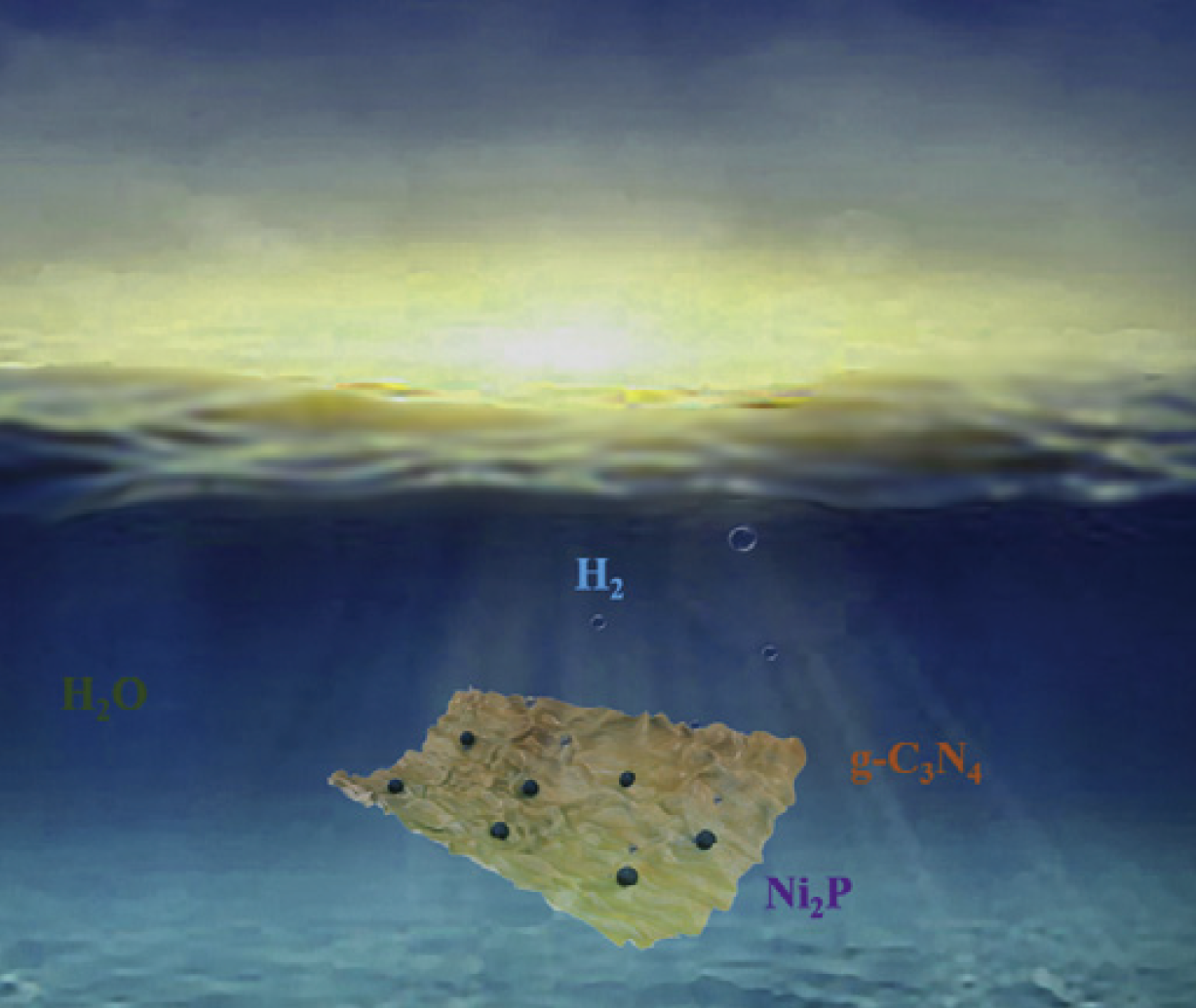
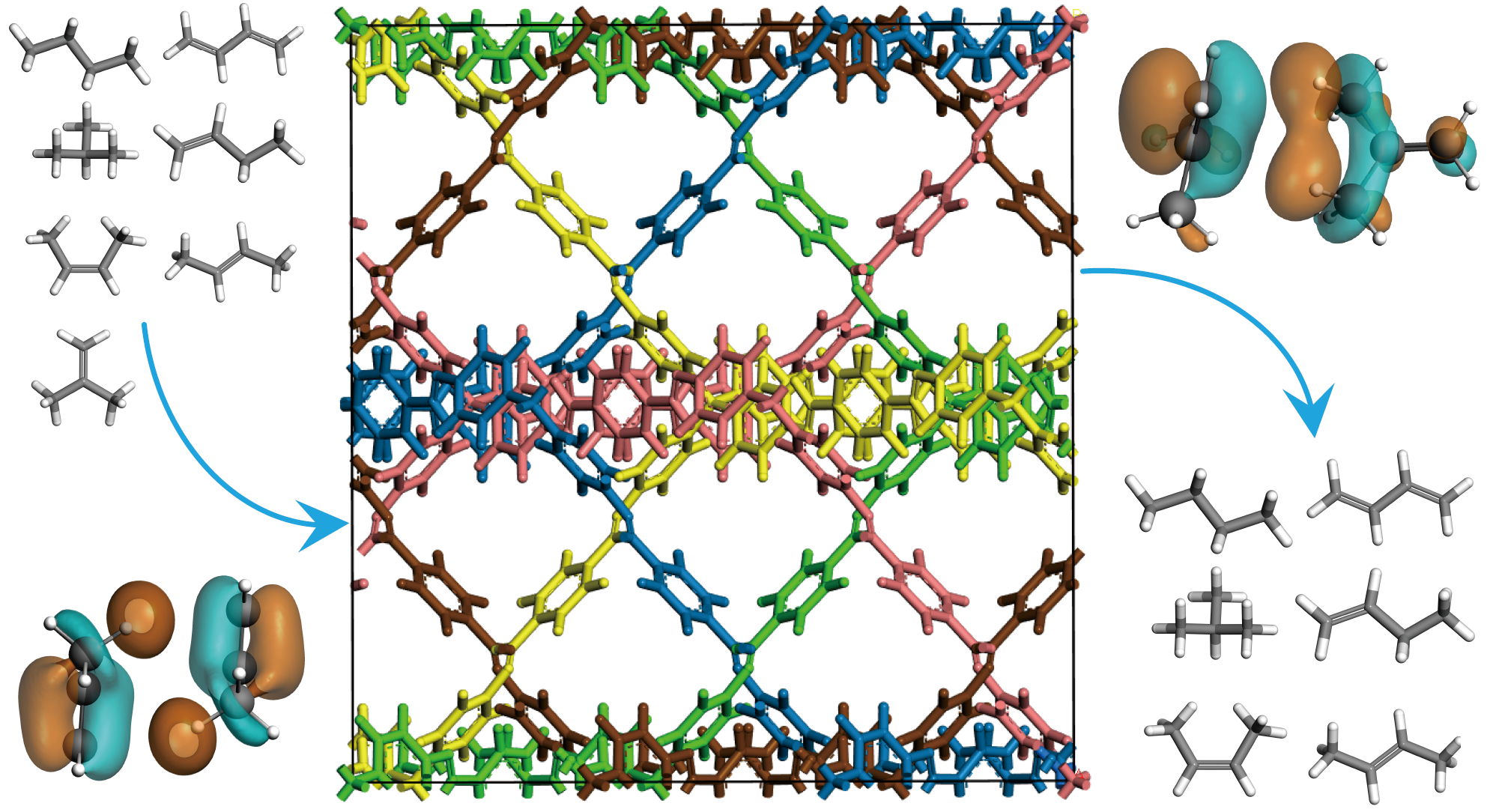

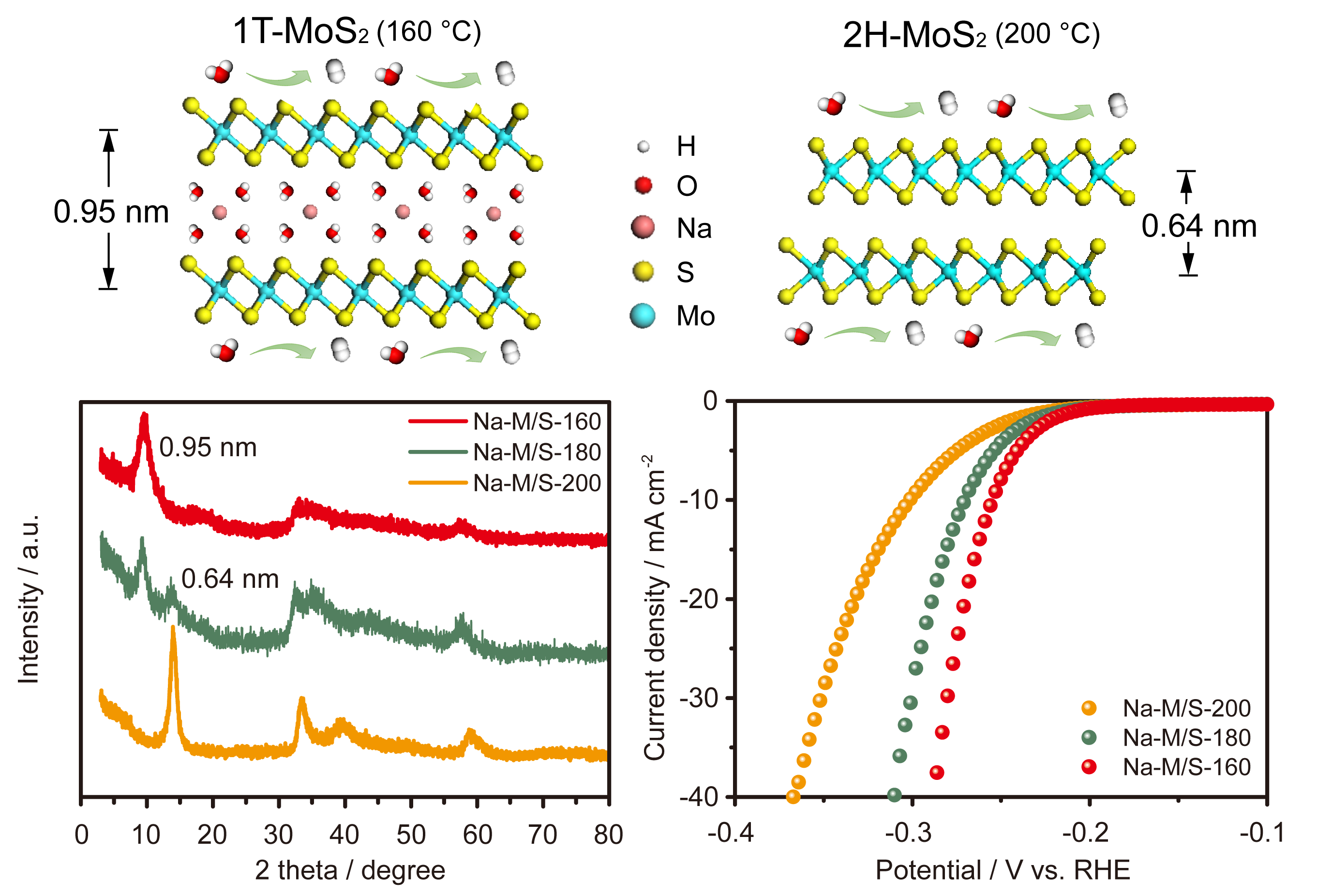
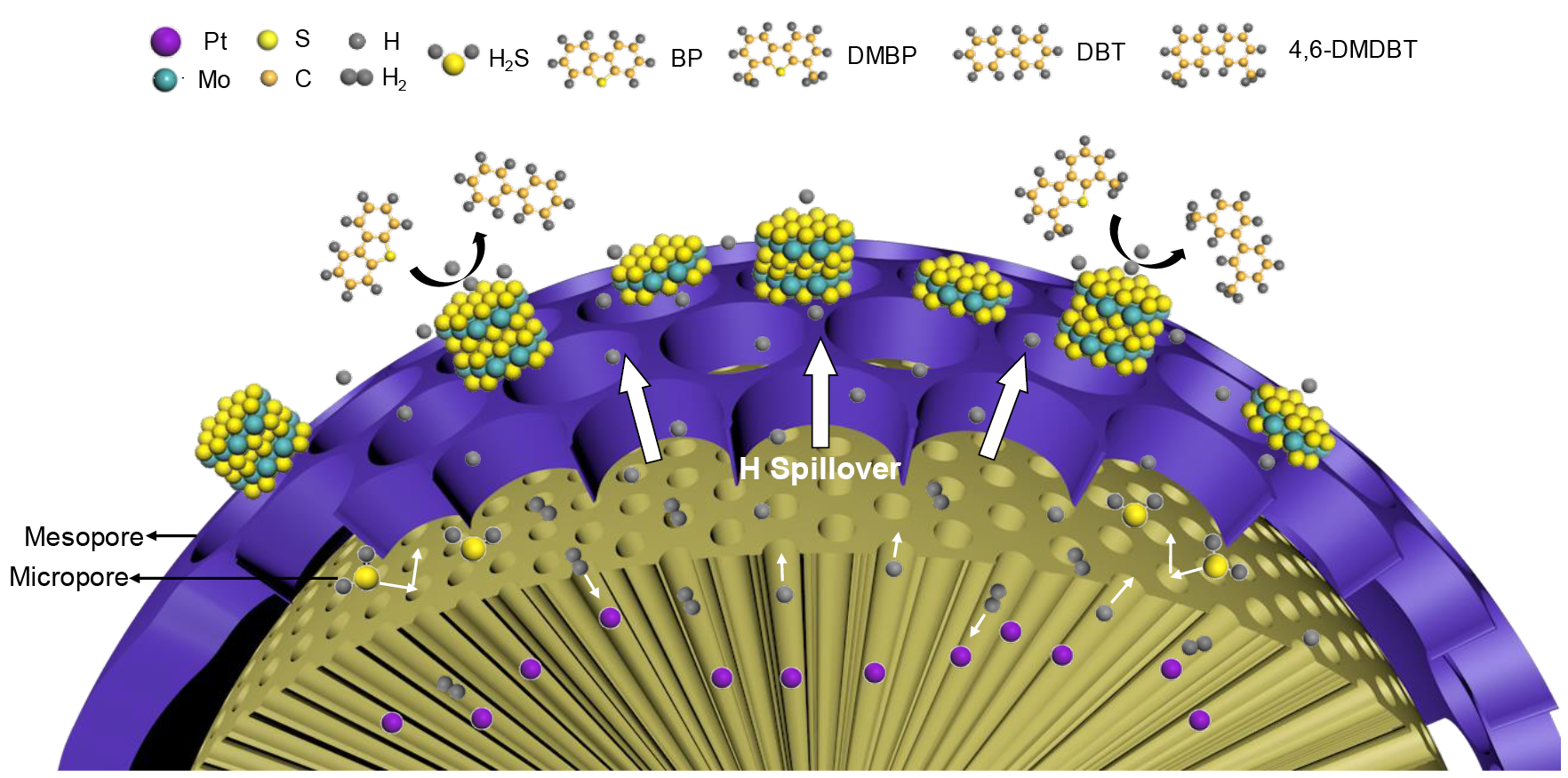

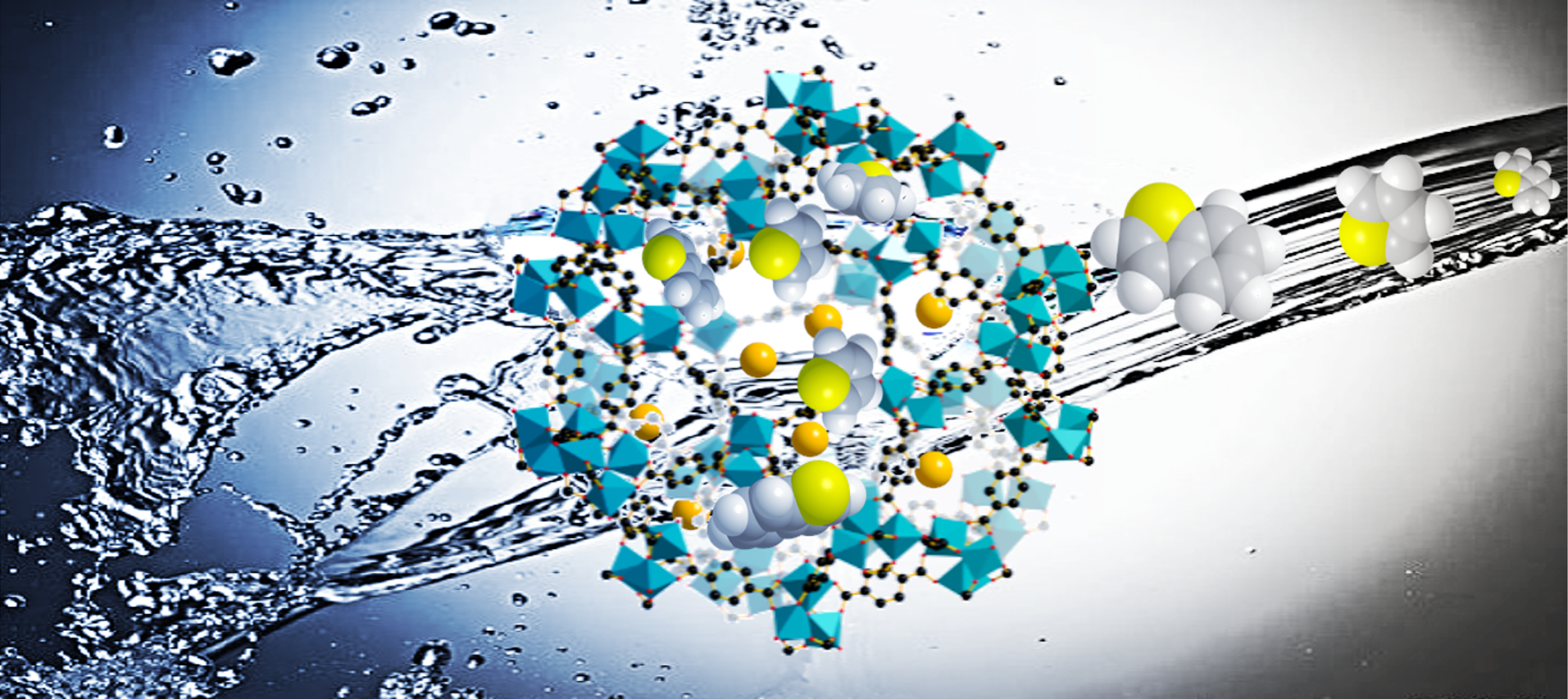
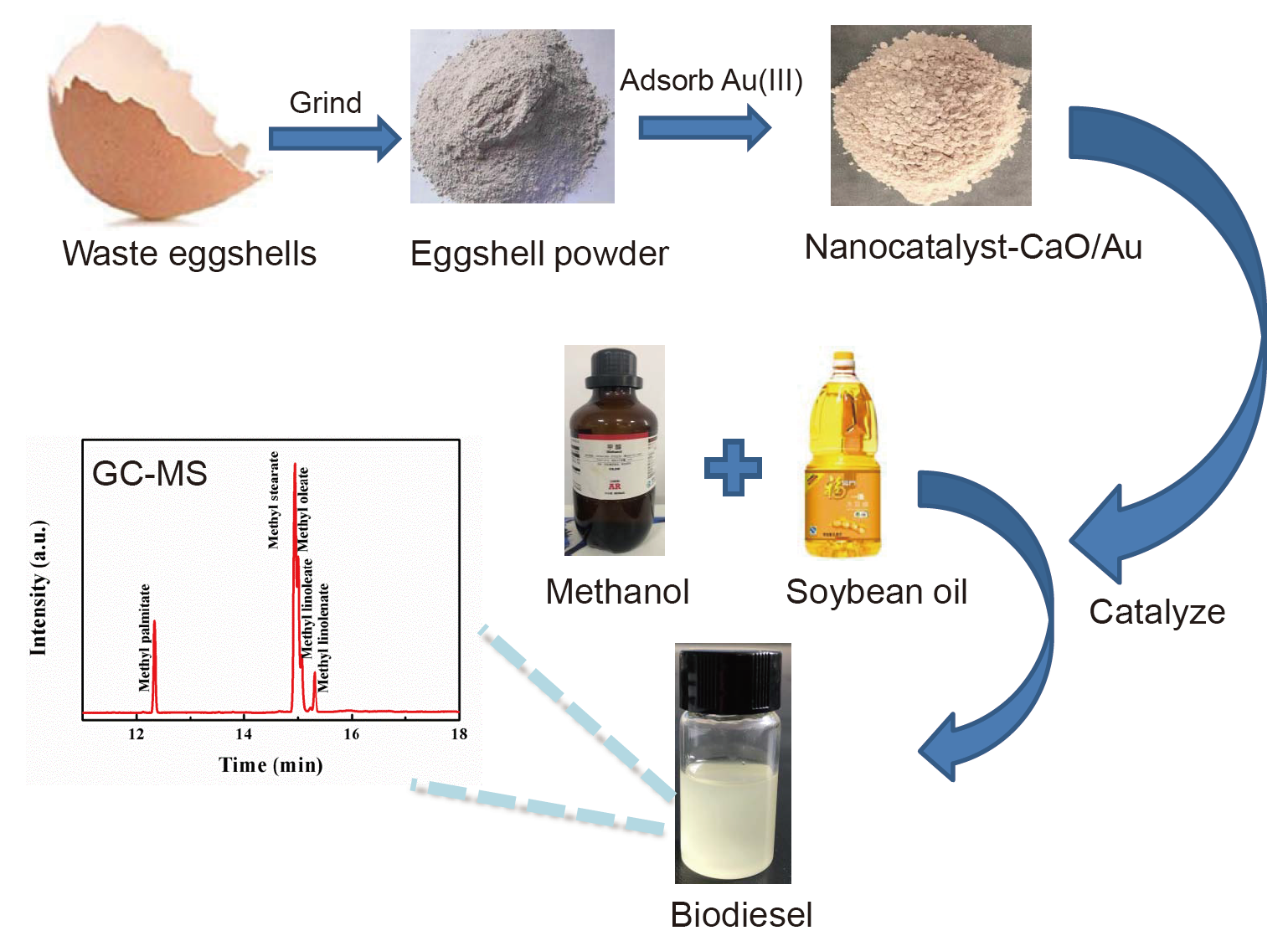
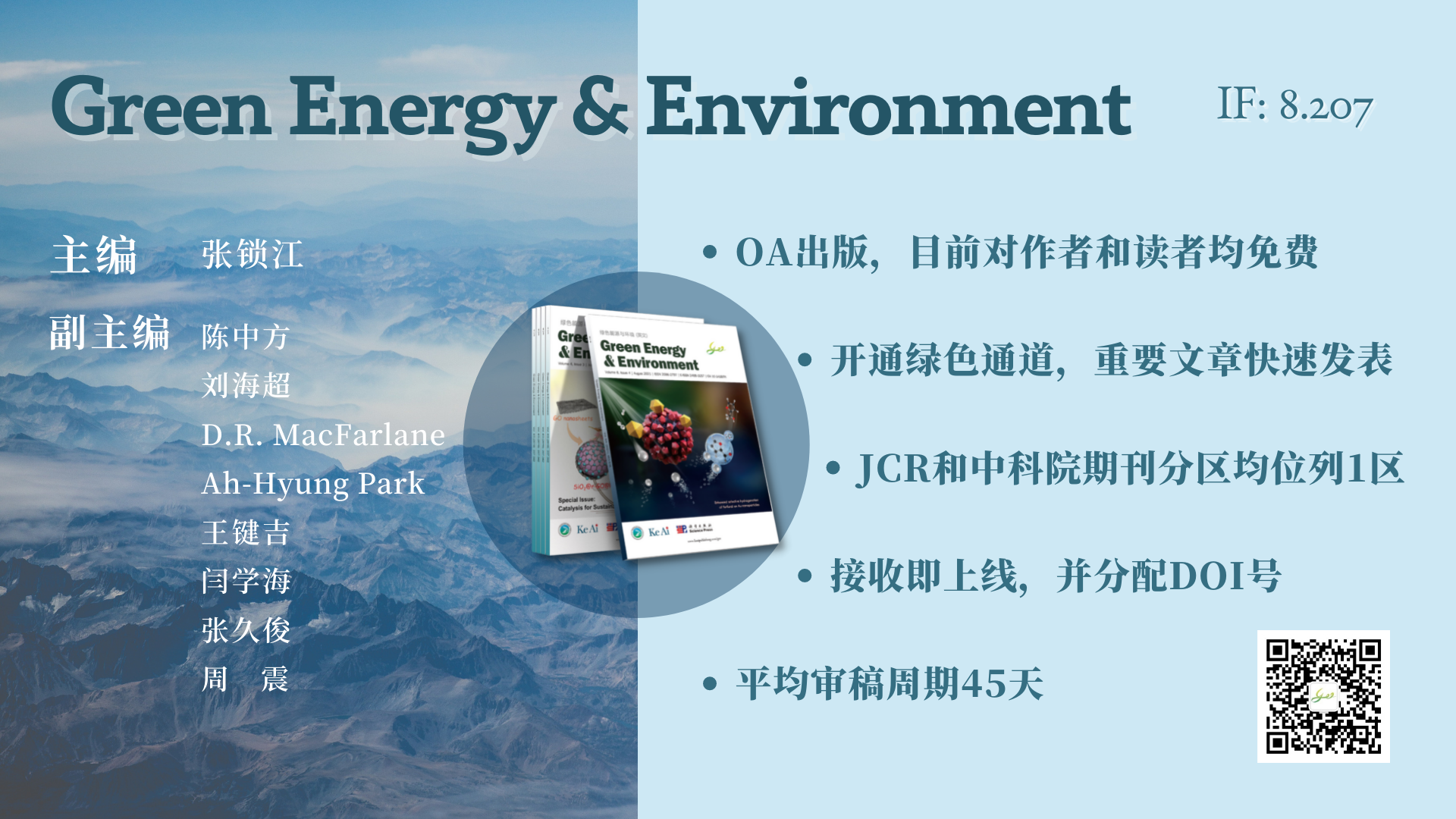
https://blog.sciencenet.cn/blog-3393673-1329626.html
上一篇:天津大学范晓彬教授团队综述:对于水系锌−锰电池的电化学行为的理解——反应过程和失效机制
下一篇:天津科技大学贾青竹教授课题组:CuMgAl层状金属氧化物非均相活化过硫酸盐降解磺胺对甲氧嘧啶